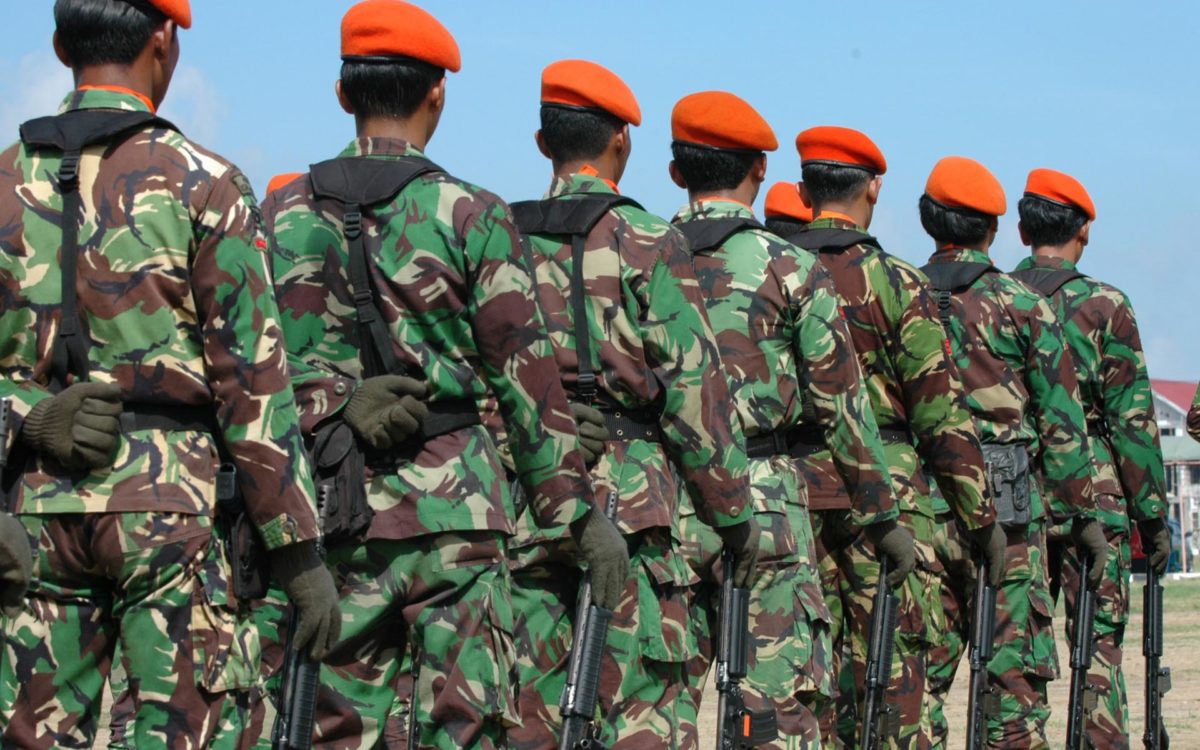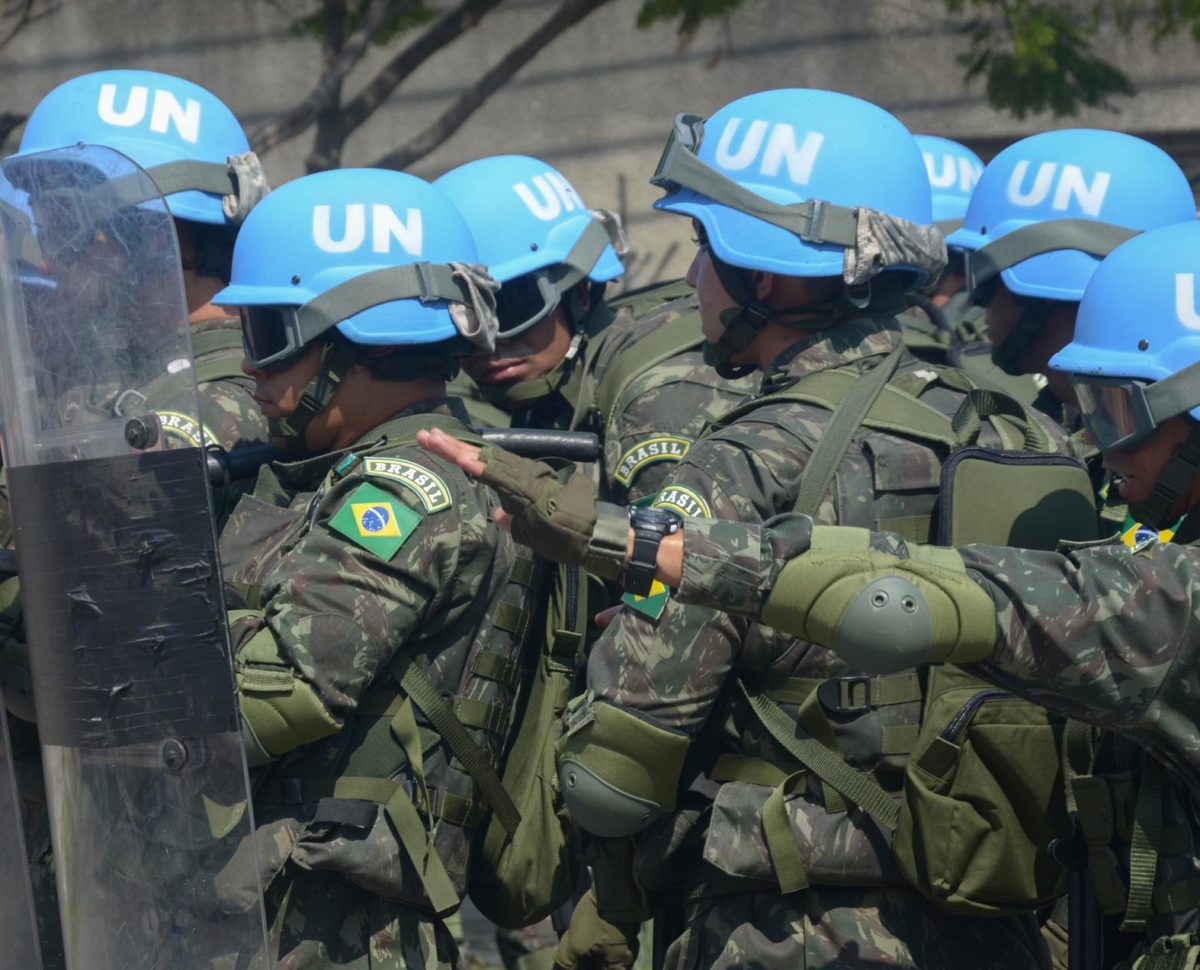
Victoria Baskett
‘We cannot assume that civilians are, or will remain, non-combatants throughout a conflict’s duration. Nor can we assume they are unable to contribute to violence without picking up a weapon, since any and all of these identities remain in a state of flux throughout conflict…’
In her recent blog post, Reflections on ‘the civil’, Civil War Paths fellow Elena Simon asked a very important question: when does a civilian become a combatant in a civil war? Despite it being deeply significant in both our understanding and analysis of civil war, this question has remained a blind spot for civil war, peace, and conflict studies. Academics have sought to explain the definition, causes, and motivations behind civil war, whilst overlooking the problem of participation. In so doing, they ignore the potential for civilians, combatants, and belligerents to shift between rigid identities: thus contributing to the commencement, sustaining, and cessation of violence (as well as recovery from it). In this piece I consider if, when, and how civilians can contribute to civil war. I propose ‘civil norms’ as a means of theorising a spectrum of participation: through the normalisation of behaviours and attitudes which contribute to conflict, but are not viewed as inherently violent by those involved. Because civil norms are contextually negotiated they provide scope for building ‘process’ into civil war – just as the Civil War Paths project sets out to do.
A civilian-combatant binary, or continuum?
In order to fully comprehend the significance of Elena’s question – as well as what this might mean for civil war, conflict, and peace studies more broadly – it is important to understand her notion of a civilian-combatant continuum in more detail. In her post, Elena covers a range of issues that are entangled within the divide between civilian, combatant, and non-combatant identities. These include the ways in which these individuals’ autonomy is challenged (or even removed) when civilians are assumed to be non-combatants. Refuting this lack of autonomy, Elena argues that civilians have the capacity to contribute to conflict at any point before, during, or after violence. And, as such, she questions whether we can assume that civilians remain non-combatants throughout a civil war’s duration.
Certainly, it can be agreed that civil war does not arise from ‘thin air’ but is an experience characterised and – to some extent – created by citizens who, for whatever reason, conceive their neighbour as an enemy. Citizens may be identified by scholars as non-combatants without truly interrogating this notion. Indeed, as Elena identifies, in much Western literature (legal and scholarly), civilians are classed as ‘non-combatants’. The term signals a lack of involvement for civilians, and implicates them as non-participatory victims of civil war throughout its duration. Elena’s question draws attention to the binary nature of the non-combatant identifier, and flags implications for narrative identities this binary places on those involved in civil war. Said identities are challenged when we consider that civilians (and even combatants) can be one or more of these identities at any given time.

In many ways, dividing conflict into the rigid identities of (non-)combatant and belligerent advocates a divide between good and evil, passive and aggressive. Non-combatants are conceived as ‘passive’, innocent, or uninvolved since it is assumed they haven’t participated in violence; they are imagined to be the ‘good’ people who desire peace. Combatants are framed as the ‘aggressive’ ‘good’ people, who defend a state and its values in the name of peace. Lastly, belligerents are implied to be the ‘bad’ people, aggressive individuals who are motivated by greed or grievances which they feel can only be resolved through violence (a notion much of literature assumes the poor and uneducated desire more than others).
In each of these instances, individuals’ autonomy to engender one or other of these identities is removed only to be justified through theories which seek to explain the motivations and causes of civil war – and the transition from civilian to belligerent – through concerns such as greed, grievance, lack of education, or economic disparity. While conflicts may be motivated by such issues, it is important to recognise that these notions pigeon hole each of these identities into fictional characters. Moreover, they blind researchers to the possibilities that civilians may not desire peace, may have contributed to the conflict, or may identify themselves as belligerent for reasons not explained by these binaries. Likewise, combatants may transition to belligerent status, as was demonstrated by Sobel in Sierra Leone. These identities ascribe passive bystander status to non-combatants, while combatants and belligerents exercise conflict. I argue any of these identities can contribute towards civil war – and even share in its motivations: both through and without acts of physical violence. We cannot assume that civilians are, or will remain, non-combatants throughout a conflict’s duration. Nor can we assume they are unable to contribute to violence without picking up a weapon, since any and all of these identities remain in a state of flux throughout conflict.
Civil sphere/civil norms
Elena’s query draws attention to the question of participation in civil war. What does it mean to participate? At what point does a non-combatant become a combatant or belligerent? Jeffrey Alexander’s civil sphere theory helps to answer these questions. Alexander’s thesis pivots around the concept of civil norms. It argues society can be understood as a communicative sphere in which ideas about society and what it means to be a member of that society are actively demonstrated, challenged, and reinforced through the communication and regulation of civil norms. Civil norms are ‘everyday ways of going about things’ (see Harrison, forthcoming) that create a sense of collective identity among citizens. This collectivised identity is what Alexander refers to as civil solidarity – a concept that suggests citizens have an unconscious awareness of who is and isn’t part of a society, based on their adherence to civil norms.
Though Alexander’s theory features some holes – including a lack of clarity over where civil norms begin and end, or what happens if people cannot (or will not) connect over civil norms beyond the failure of civil solidarity; and a lack of clarity over notions of ‘civility’ in times of conflict – it also provides a useful framework to challenge the binary of civil war participation. Though the question of autonomy in the adoption of civil norms remains (much literature assumes that they can be taught and adopted covertly), the concept also suggests that anybody can create or apply civil norms regardless of their position in society. In addition, it assumes that certain behaviours, attitudes or practices can be normalised to such an extent that to not adopt them is considered abnormal and therefore identifies that individual as an outsider. Lastly, it infers that a mass-scale sense of collectivism can exist in any circumstance. Indeed, Alexander theorises that these concepts are living and breathing: that they adapt and evolve through their use, and (most importantly) that participation in these concepts and their overarching framings of what is right/wrong/in-between can be partial or incomplete. Certainly, an individual – regardless of their official status – can still contribute to civil war: as their partiality can help to determine what is (ab)normal and, therefore, where the line between normal and abnormal behaviours in a given conflict lie.
Participation as a process
The concept of partial participation can help answer questions of whether or not civilians can become combatants, and when this transition might take place. Indeed, under the principles of civil norms all people – regardless of their official (non-)combatant status – can contribute to civil war. And, therefore, to the succession of violence, before, during, and after conflict: through normalisation of, and deviation from, certain behaviours, attitudes, and ideas.
In sum, the civil norms concept can be used to argue that participating in conflict can be achieved at any time. Put simply, in this view, civilians can participate in conflict at any point during civil war and can have as much to contribute to the commencement, duration, and cessation of violence as combatants. As such, civilians can be combatants, belligerents, or both – at any time, consciously or unconsciously. To conclude, considering the role of civil norms during conflict as ever-changing behaviours, attitudes, and habits that are collectively exercised and can enable, encourage, or resolve civil war may help break down the (non-)combatants/belligerents binary, and connotations attached to these identities. Civil norms offer (a) a means of understanding how non-combatants can contribute to conflict without exercising violence; (b) a way to interpret the nuance of participation in civil conflict; and (c) a means of acknowledging the role of citizens, who are traditionally conceptualised as non-combatants, in a spectrum of participation. A spectrum of participation, that is, in which ‘softer’, indirect forms of violence can be recognised as contributing towards civil war commencement, continuation, conclusion, and recovery. Lastly, civil norms offer a lens to view a merging or alternation between identities in conflict. In sum, we should consider how civil wars can be caused, sustained, and ended by the involvement of all participants – regardless of personal contribution to physical aspects of conflict. And we should reflect on the influence of forms of violence other than the ‘physical’ during civil conflict.

